Please note: This game is available on both the Nintendo Switch and New 3DS systems. For the purposes of this review, we’ve played the Switch version.
2017’s been very good to Fire Emblem. I’ve been playing Heroes daily since it released, and Shadows of Valentia stands as one of the finer 3DS titles of the year. Now it’s the Switch’s turn to play host to the bonds and battles that define the franchise, though in the form of a hack-and-slash Warriors title. There’s plenty of Fire Emblem blood running through the game’s veins to make its inspiration known while elevating the Warriors style with the additions.
At its core, Fire Emblem Warriors is the known Musou-style. You’ll be running around large maps taking on armies by the hundreds, even thousands, with a character that (by design) is more powerful than most of what the game throws at you. Where the challenge comes in is in objectives, having you capture forts around the map, protecting your own forts and allies, or taking on boss characters that are closer to your own strength. Hyrule Warriors would be the most apt comparison, but even then I feel Fire Emblem outdoes its Zelda cousin when it comes to gameplay. Your light and heavy attacks, your meter-based super moves, and the sort of objectives you’ll be dealing with don’t shake things up. What makes this title stand out are the commands you can give to your characters on the battlefield.
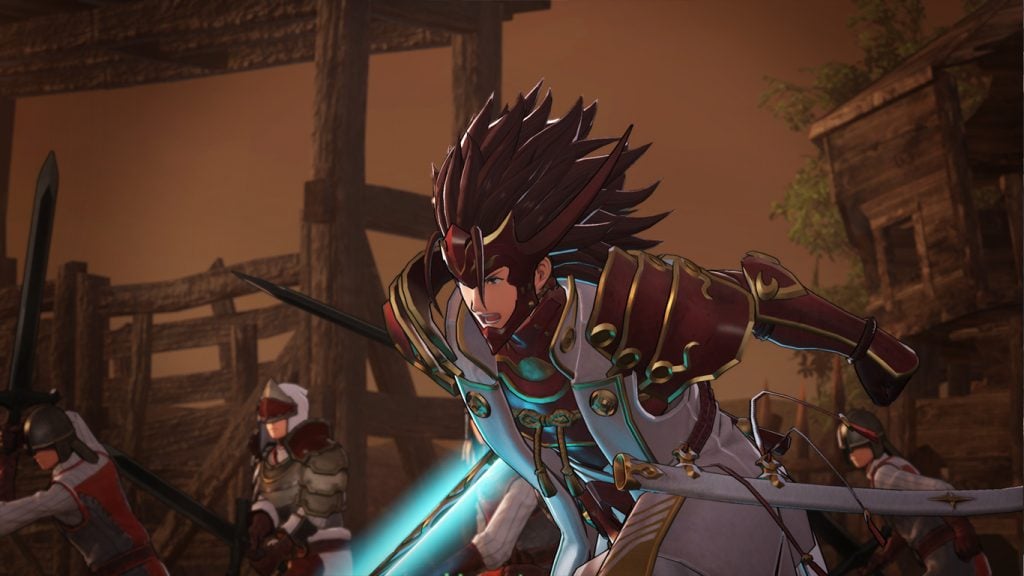
Attack system
Attempting to capture Fire Emblem’s own tactical roots, you can send units across the field to capture or defend areas and allies. This extends to other actions as well, such as sending a staff wielding character to heal a character on the brink of death. With Fire Emblem’s permadeath being present in a way, that’s a particular skill I quickly realized I didn’t want to neglect going forward.
This system isn’t perfect though, and how it’s handled by the AI is one of my two biggest complaints for the game. When I’d send a character to take a key fort, they’d head off to do it. Once that task was done, they’d sort of just mill about in that spot. It would’ve been great to be able to issue a series of tasks instead of just one, letting me focus on my own fights without having to stop the action to issue a command. Trying to emulate a turn-based game in a more action-heavy one just ends up slowing things down, and often I found myself trying to do everything myself.
Battle tactics
That’s definitely a possibility though, with some of the other gameplay additions giving you plenty of options. You can switch characters with the press of a button among four chosen ahead of time, and it’s a nearly instant change at that. It’s a great way to jump across the map, and plays a part in taking advantage of the trademark Weapon Triangle. Hopping from ally to ally captures the spirit of Fire Emblem in its own way, in that it lets you play as a class suited to a given quest or enemy type.
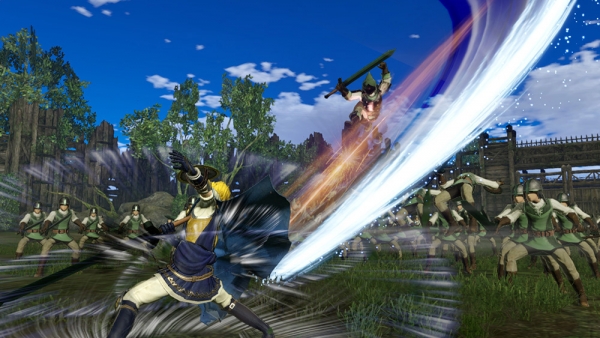
The real star of the show is the Pair Up mechanic. Borrowed from Fire Emblem Awakening and Fates, you can remove one of your characters from the map to instead power up and defend another. It lets you cover character weaknesses, like having an axe wielder paired to sword wielder to take care of any lances you may run into. It also gives added value to mounted and flying characters, letting their increased movement ferry allies more quickly over gaps and ravines. It quickly became second nature to Pair Up at the start of every fight to suit the needs of the map, paying off handsomely once I got the hang of all the options the mechanic gives.
Highs and lows in gameplay modes
While the gameplay passes the test for both the Fire Emblem and Warriors fan in me, there are a few issues present in other key pieces of the Emblem formula. The story mode failed to leave an impression, with its original characters not having much original about them and the Fire Emblem characters themselves boiled down to a couple traits. Granted, I wasn’t expecting a big, crossover-based narrative but I did have some heightened hopes based on its pedigree. There are some standout moments as the plot heads towards its climax and I caught myself grabbing screenshots of certain scenes and lines — having everything fully voiced was a nice touch.
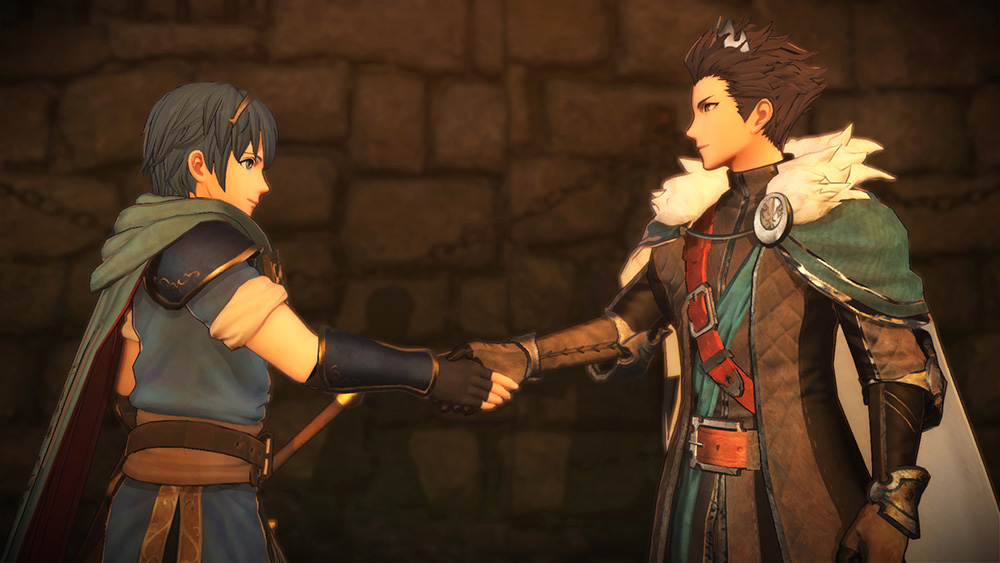
I found myself enjoying the game’s History mode much more, with its quicker maps suiting the Switch’s portability well. While it’s necessary to play through the story to unlock characters and History maps, this mode inspired by older Fire Emblem scenarios lets the gameplay shine fully. It’s also the best place to gather materials and weapons to improve your characters as well as improve Support levels, another carry-over from Fire Emblem itself that rewards those willing to use the whole cast.
Speaking of which, that cast ends up feeling somewhat disappointing in its omissions and repetition. Characters are pulled from a small pool of titles in the grand scheme of Fire Emblem history, and a handful of them borrow movesets from each other. That last part is technically true to form for the series, with given classes being identical to each other, but it feels like a missed opportunity to give some extra life to the chosen cast while providing players with more options.
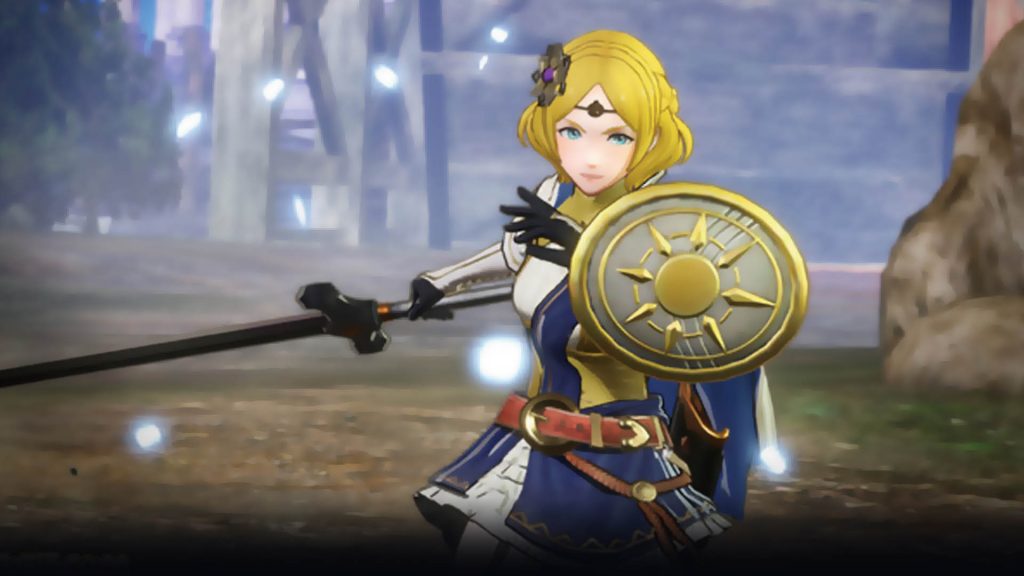
As for neglecting the entire series in favor of a few titles, maybe I’ve been spoiled by Fire Emblem Heroes’ own representation of the entire franchise. Even when I can see the reasoning, it still rubs me the wrong way and I can only hope that any potential sequel or further updates gives some old favorites a time to shine.
Victorious nonetheless
Even with all the faults I’ve listed for what the game might be missing or mishandling, I fully enjoyed what was there. This is easily the most fun I’ve had with a Musou-type game, with the Fire Emblem gameplay additions being the biggest reason why. Their presence changed the way I thought about battles and encouraged some foresight instead of running in and seeing what might work. All of it runs well on the Switch both on the TV and in handheld, with the added option to switch the frame rate to 60 fps at the cost of some of the polish being a welcome one.
Fire Emblem Warriors may not be perfect, but its existence speaks volumes of how Fire Emblem’s grown in recent years. Even setting aside my bias as a fan of the series, the added strategy elements to the Warriors formula pairs up well. It’s telling that most of my issues have been things I wish were here rather than what’s “wrong” with the game. Fire Emblem Warriors serves as a worthy spinoff, commanding the pieces of its inspiration well enough to earn a victory. Newer fans of the series will see plenty of familiar faces while veterans can appreciate what it does to stay true to its legendary history. It could use some reinforcements to become truly great — but a victory is still a victory.
Leave a Comment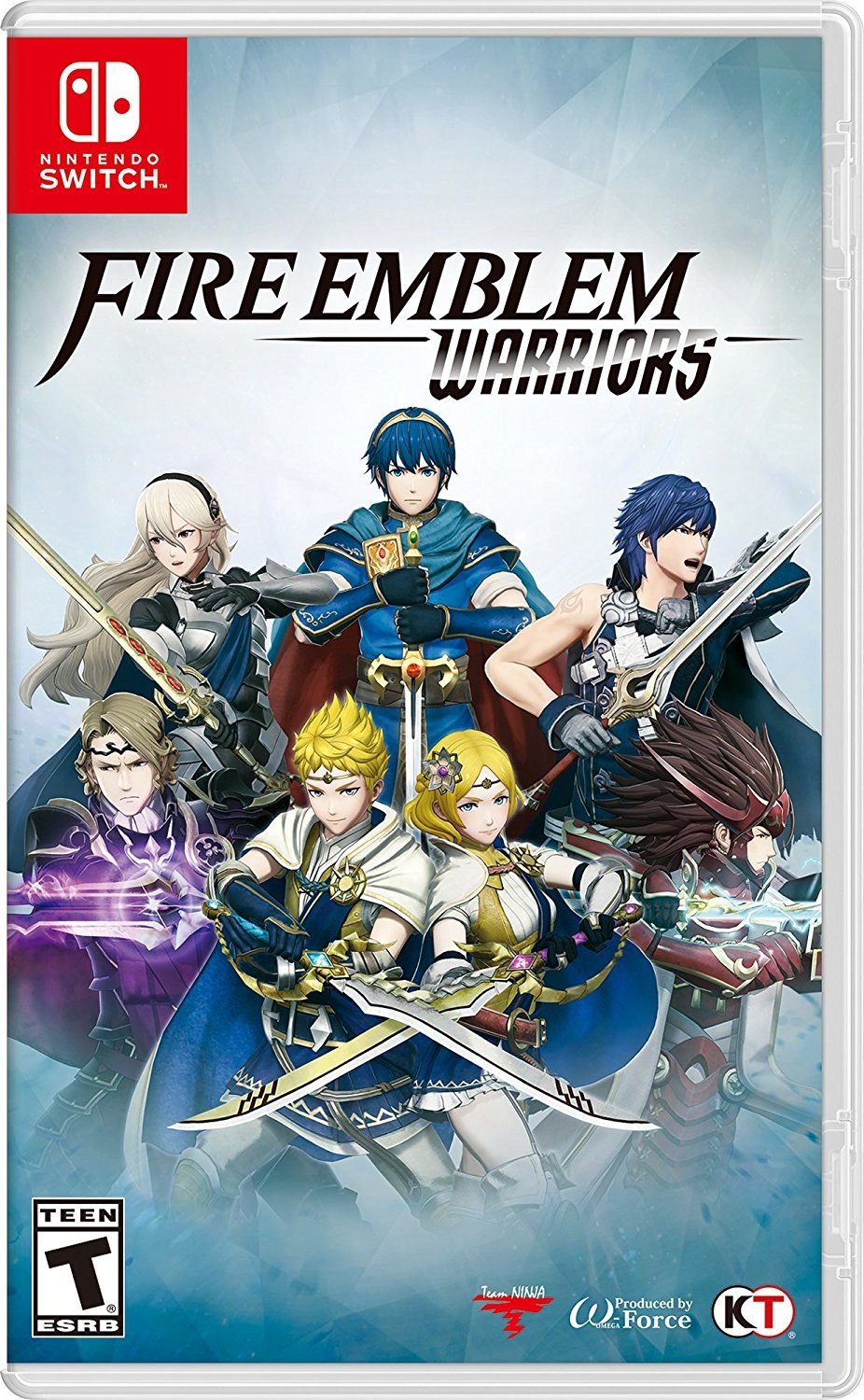
System: Nintendo Switch, Nintendo 3DS
Release Date: October 20, 2017
Categories: Action, Role-Playing
Publisher: Nintendo
Developer: Koei Tecmo


